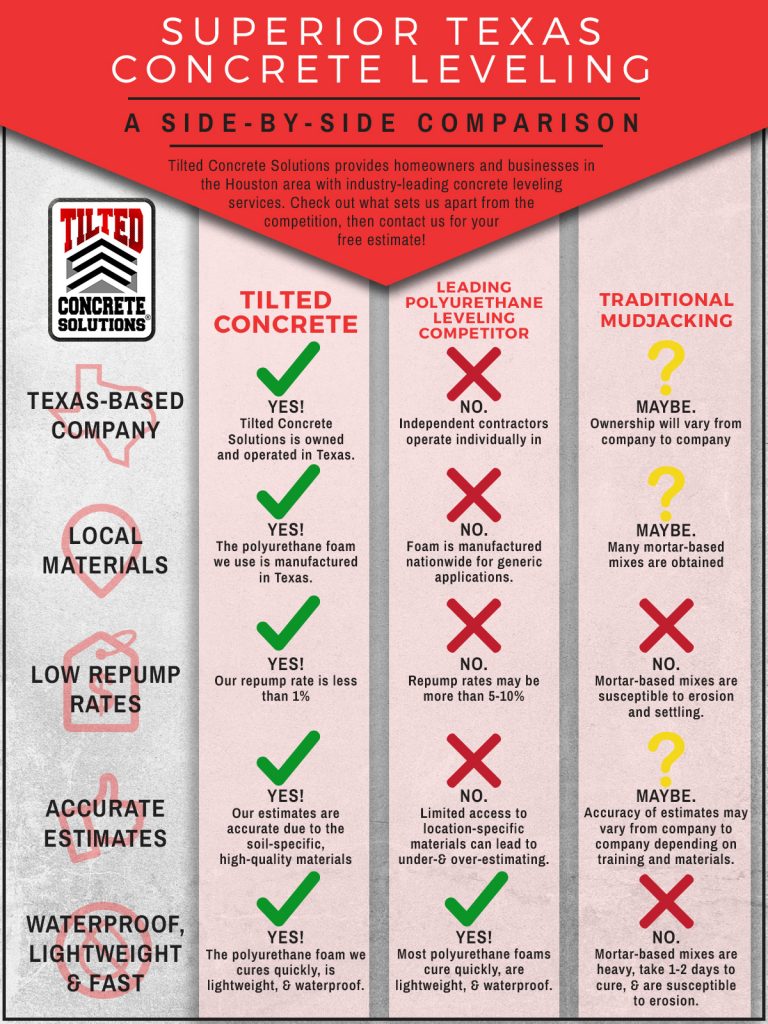Color Option Basics: An In-Depth Guide To Painting The Exteriors Of Industrial Buildings
Color Option Basics: An In-Depth Guide To Painting The Exteriors Of Industrial Buildings
Blog Article
https://interiorpaintersnearme42087.blogars.com/33230541/discover-the-crucial-questions-to-position-before-engaging-house-painters-and-reveal-the-strategies-for-refreshing-your-home-with-a-new-coat-of-paint Created By-Hollis Bendixen
When it comes to industrial external painting, the colors you select can make or damage your brand's appeal. Understanding exactly how various colors affect understanding is key to bring in clients and building trust. Yet it's not nearly individual choice; local trends and regulations play a substantial function as well. So, just how do stellar exteriors discover the best equilibrium between your vision and what reverberates with the area? Allow's explore the crucial factors that assist your shade selections.
Comprehending Shade Psychology and Its Effect On Company
When you choose colors for your business's outside, recognizing shade psychology can dramatically affect just how potential consumers view your brand.
Shades evoke feelings and established the tone for your business. For example, blue commonly conveys count on and professionalism and trust, making it excellent for banks. Red can create a feeling of urgency, excellent for restaurants and inventory-clearance sale.
On the other hand, environment-friendly symbolizes growth and sustainability, appealing to eco-conscious customers. Yellow grabs focus and stimulates positive outlook, however way too much can overwhelm.
Consider your target audience and the message you intend to send. By picking the appropriate colors, you not only improve your curb charm but also align your image with your brand worths, eventually driving customer engagement and loyalty.
Studying Citizen Trends and Rules
Just how can you guarantee your exterior paint selections resonate with the neighborhood? Begin by looking into neighborhood fads. Go to neighboring services and observe their color pattern.
Make note of what's preferred and what feels out of area. This'll help you align your choices with neighborhood aesthetics.
Next off, inspect neighborhood regulations. Lots of towns have standards on outside colors, specifically in historic districts. You don't want to hang out and cash on a scheme that isn't compliant.
Involve with regional entrepreneur or community teams to gather insights. They can give beneficial comments on what colors are favored.
Tips for Balancing With the Surrounding Atmosphere
To create a cohesive appearance that mixes perfectly with your surroundings, think about the native environment and architectural designs nearby. Start by observing the shades of nearby buildings and landscapes. Natural tones like environment-friendlies, browns, and soft grays typically work well in all-natural setups.
If your home is near vivid urban areas, you could select bolder tones that mirror the neighborhood power.
Next off, think about the architectural design of your structure. Standard styles might take advantage of timeless shades, while modern layouts can embrace contemporary schemes.
Examine your color choices with samples on the wall surface to see how they communicate with the light and setting.
Lastly, bear in mind any local guidelines or area aesthetics to guarantee your option enhances, rather than encounter, the surroundings.
Verdict
In conclusion, choosing the appropriate shades for your business exterior isn't just about looks; it's a calculated decision that impacts your brand's understanding. By taking advantage of color psychology, considering neighborhood patterns, and making certain harmony with your surroundings, you'll develop an inviting ambience that attracts customers. https://www.bhg.com/home-improvement/moving/better-homes-and-gardens-real-estate/painted-brick-home-exterior-sellability/ to examine samples prior to dedicating! With the right approach, you can elevate your company's visual allure and foster long-term customer involvement and loyalty.
